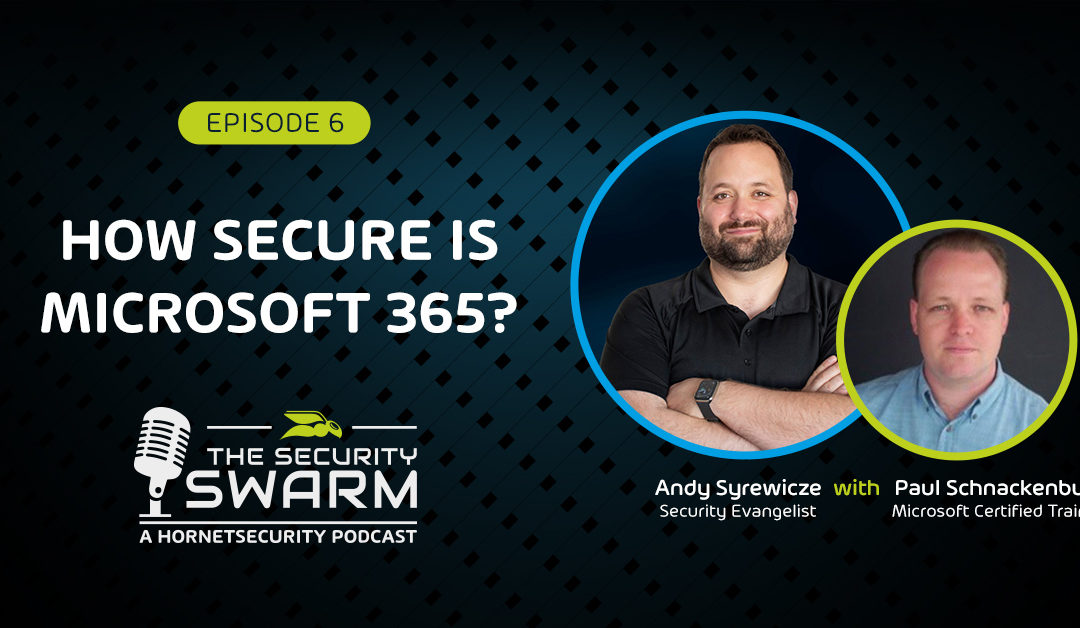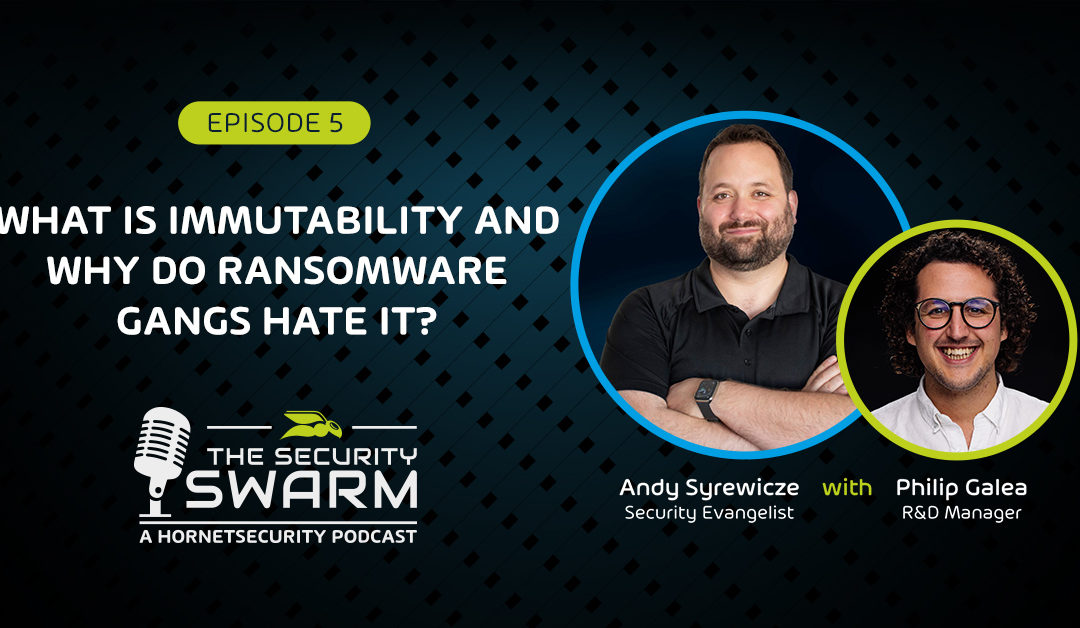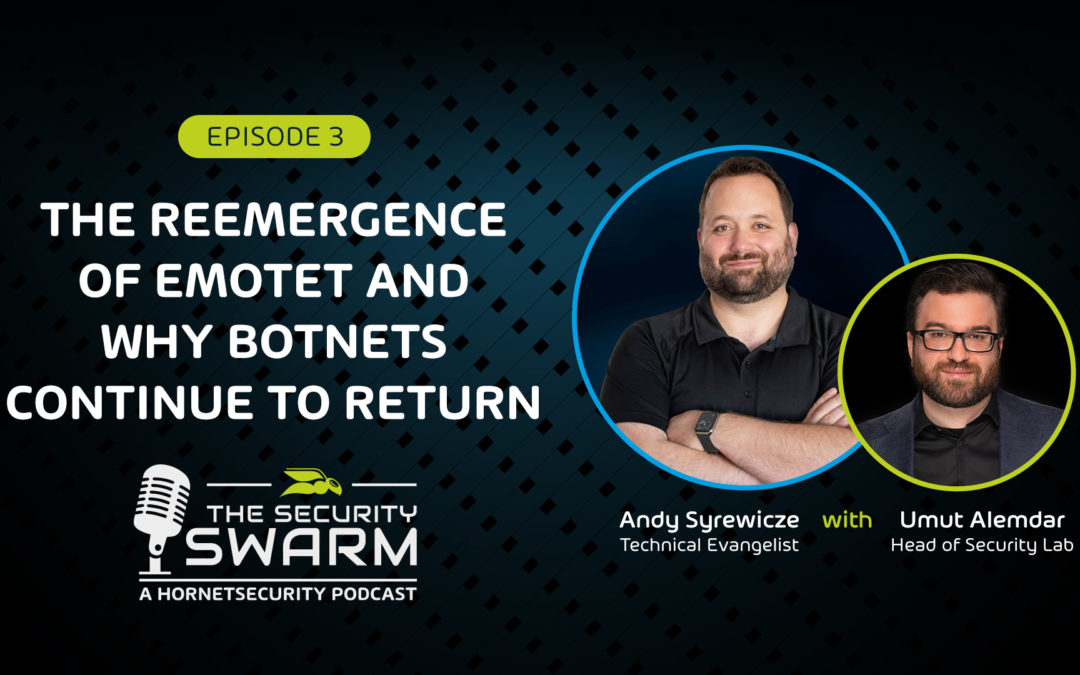
EP06: How Secure is Microsoft 365?
In this episode, Andy and Paul Schnackenburg, Microsoft Certified Trainer, investigate the burning question on everyone’s mind: Is Microsoft 365 a secure platform? As we discuss the intricate details and inner workings of Microsoft 365 security, we leave no stone unturned.
Tune in to learn valuable insights and expert analysis on the subject, as well as how Microsoft 365 holds up in today’s ever-changing threat landscape.
Timestamps:
2:30 – Is Microsoft 365 secure?
6:32 – Management portal and configuration creep in M365
13:28 – Does file sharing in M365 create a security problem?
20:07 – Lack of transparency in regards to internal cloud infrastructure CVEs
25:36 – The mentality of security – just because it’s in “the cloud”
29:38 – Ultimately it’s the “customer’s” responsibility to stay safe
Episode Resources:
365 Total Protection Compliance & Awareness – Free Trial
Microsoft 365 Security Checklist
Azure Blunder left Bing Results Editable
365 Permission Manager Free Trial
Find Andy on LinkedIn, Twitter or Mastadon
Find Paul on LinkedIn or Twitter
Organizations increasingly depend on cloud-based productivity suites such as Microsoft 365 to enhance workforce productivity and streamline operations in the current digital era. Understanding Microsoft 365’s security landscape reveals a holistic and dynamic approach to safeguarding data. Nonetheless, ensuring complete protection remains imperative.
Hence, it is vital to prioritize comprehensive protection for your Microsoft 365 environment to uphold the security of your system. Fortunately, luck is on your side as Hornetsecurity has developed an exceptional security solution explicitly tailored for Microsoft 365. Seamlessly integrated, our cutting-edge protection services offer comprehensive security for Microsoft’s cloud services. Setting up is a breeze, and the intuitive interface makes it easy to manage your IT security right from the beginning.
To elevate your compliance for Microsoft 365, use Hornetsecurity Microsoft 365 Permission Manager, as our service offers Microsoft 365 administrators numerous benefits such as easy-to-use, timesaving, compliance monitoring, govern compliance, and more.





